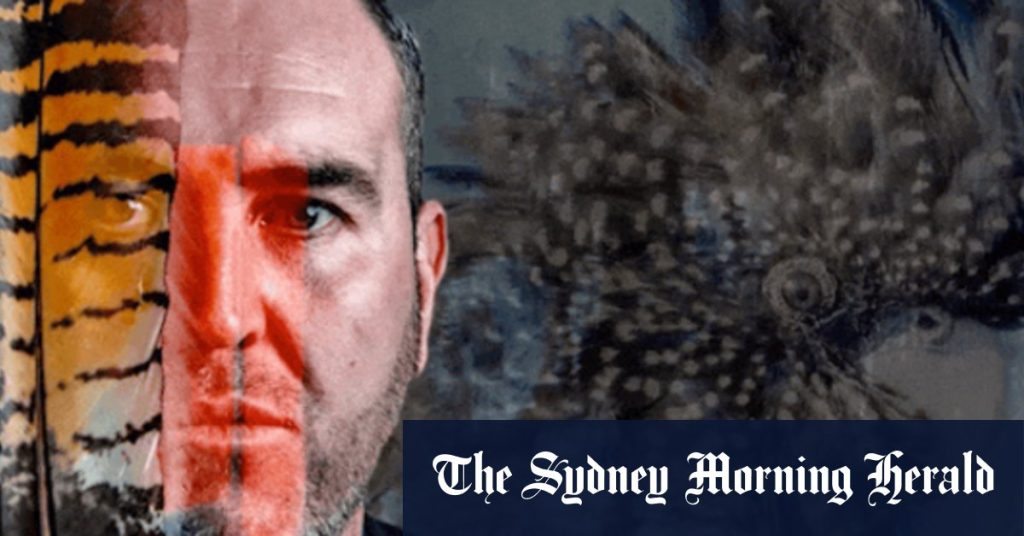Travis Lovett, a man of Kerrupmara, Gunditjmara, and Boandik descent, wears the tail feathers of the southeastern red-tailed black cockatoos, his traditional totem, as a symbol of cultural significance. The red-tail represents ancestors, spirit, and connection to the land for Aboriginal people in southwest Victoria and southeast South Australia. Lovett, a commissioner with the Yoorrook Justice Commission, is deeply concerned about the decreasing numbers of the subspecies, which is the most endangered of the five black cockatoo subspecies in Australia. Loss of habitat, including nesting hollows and food sources, along with other threats such as bushfires and illegal birding, are major challenges facing the red-tail population.
Participating in the annual red-tailed black cockatoo count, organized by the Red-tailed Black Cockatoo Recovery Project, volunteers search for the elusive birds in the red gum country outside Casterton. Despite the challenges of spotting the birds due to their mobility and specific habitat requirements, volunteers play a crucial role in monitoring the population and identifying breeding locations. The decline in the number of females and juveniles is a concerning trend observed in the population over the years, indicating potential challenges for breeding success and long-term survival.
Bron Perryman, the Birdlife Australia project coordinator, underscores the importance of the annual count in determining the minimum number of birds present and identifying locations of large flocks. The decline in the red-tail population is attributed to habitat loss, as stringybarks and buloke trees, their primary food sources, are diminishing due to habitat clearance. With only around 1200-1300 birds left in the wild, ongoing conservation efforts, including habitat protection, monitoring, and community involvement, are essential for the survival of the red-tailed black cockatoo.
Despite the challenges faced by the red-tailed black cockatoo population, dedicated individuals like Evan Roberts, a farmer and member of the recovery team, are actively involved in protecting the cockatoos and their habitat. Roberts highlights the role of farmers in supporting conservation efforts through initiatives like the Cockies for Cockies program, which encourages revegetation with red-tail habitat and nest monitoring on properties. The encounter with the majestic birds in their natural habitat leaves a profound impact on observers, highlighting the cultural significance and beauty of the red-tails in the landscape.
Following extensive searches and encounters with the red-tailed black cockatoos, the recovery team reports encouraging count numbers, indicating a stable population and good breeding season. Despite the positive outcome, concerns remain regarding the long-term trend of declining numbers of female and juvenile birds, which could impact breeding rates and overall population dynamics. Conservation efforts, including ongoing monitoring, habitat restoration, and community engagement, are crucial for ensuring the survival of the red-tailed black cockatoo species and preserving their cultural significance for future generations.
Travis Lovett emphasizes the importance of collaboration and conservation efforts to protect native species like the red-tailed black cockatoo, which are traditional totems for Aboriginal communities. He calls for a collective effort to safeguard these totemic species and restore their habitats to ensure their survival for future generations. By working together to conserve and protect the red-tails and their natural environment, we can help preserve these iconic birds and their cultural significance in the Australian landscape.


